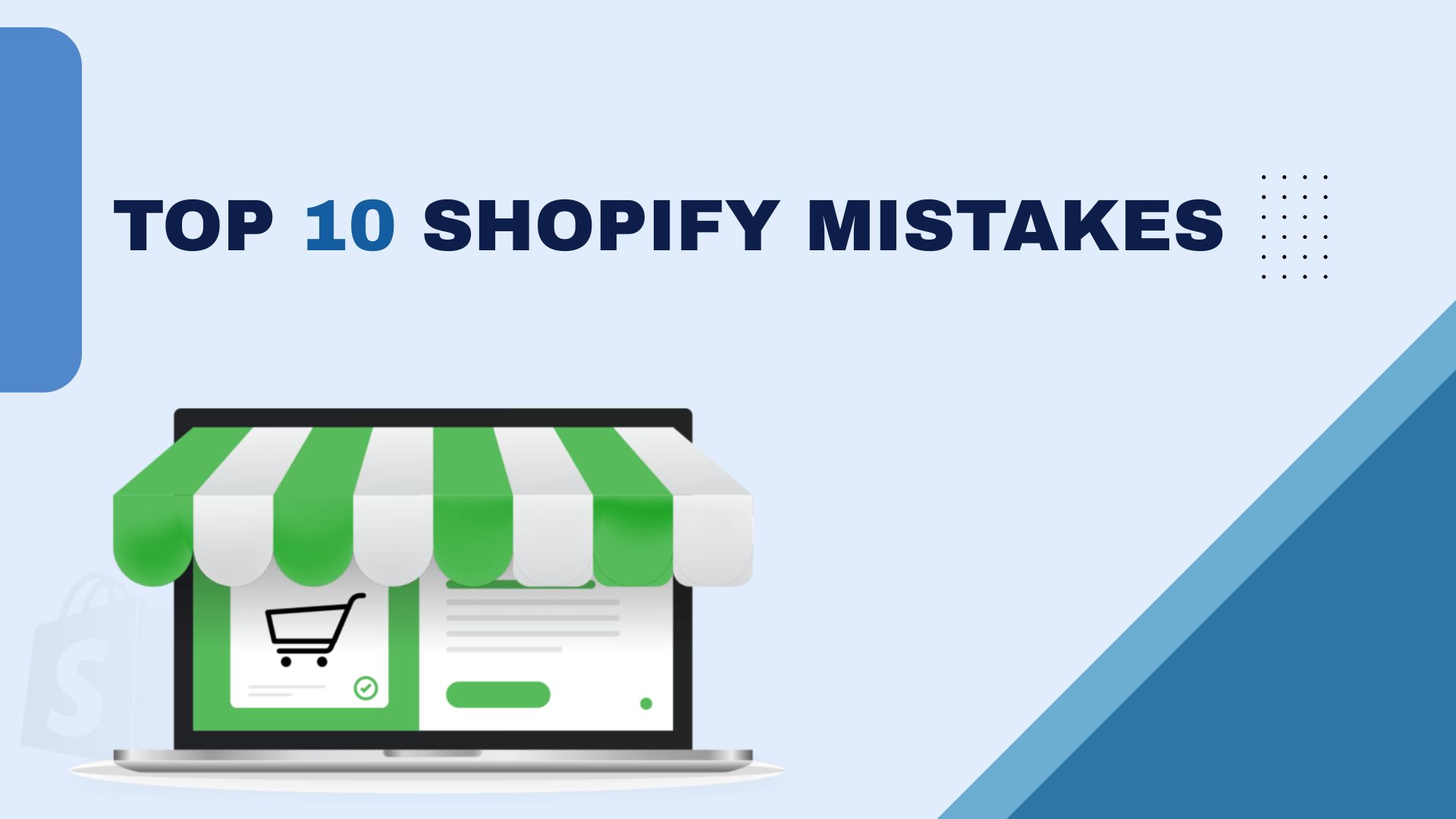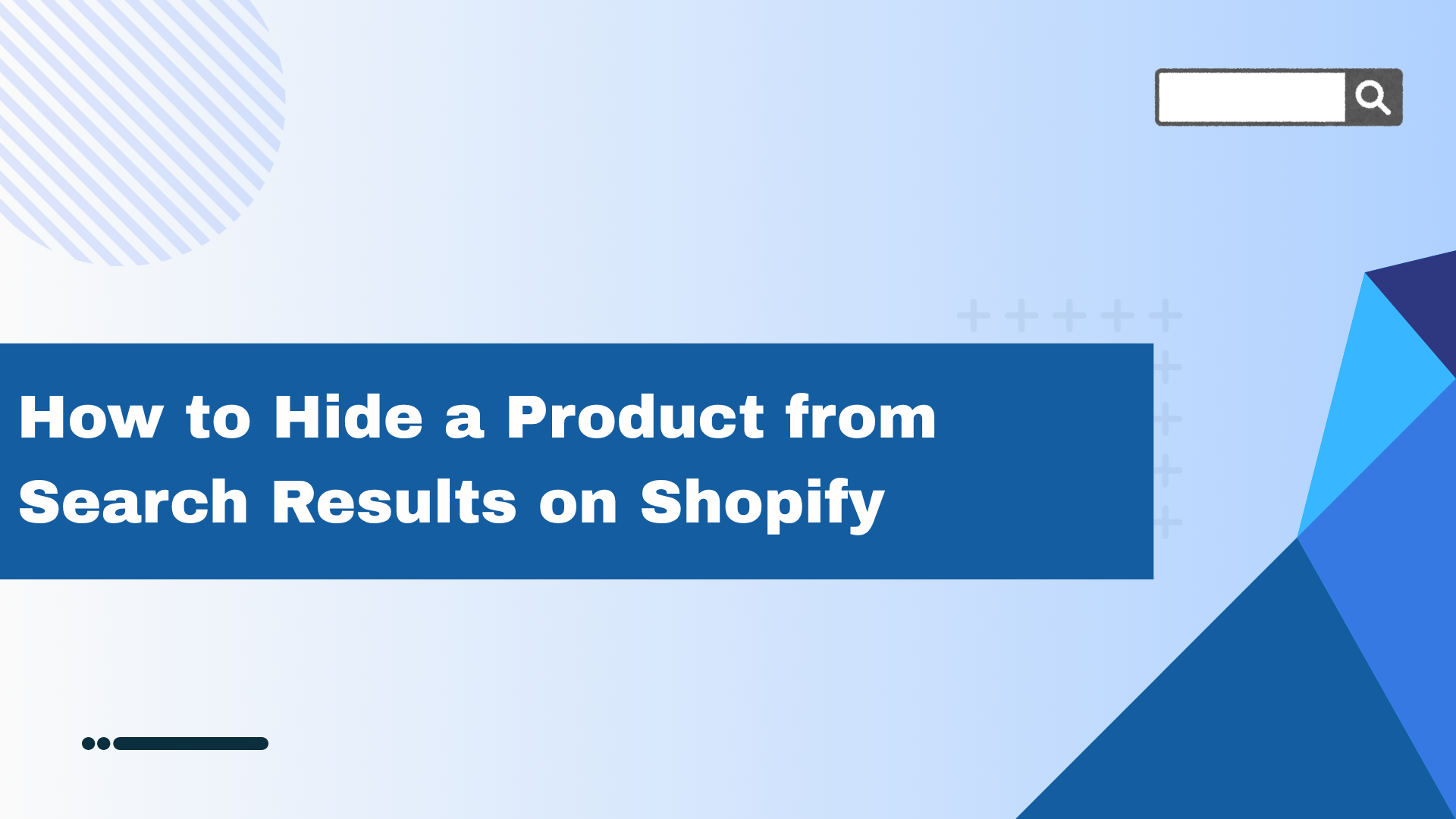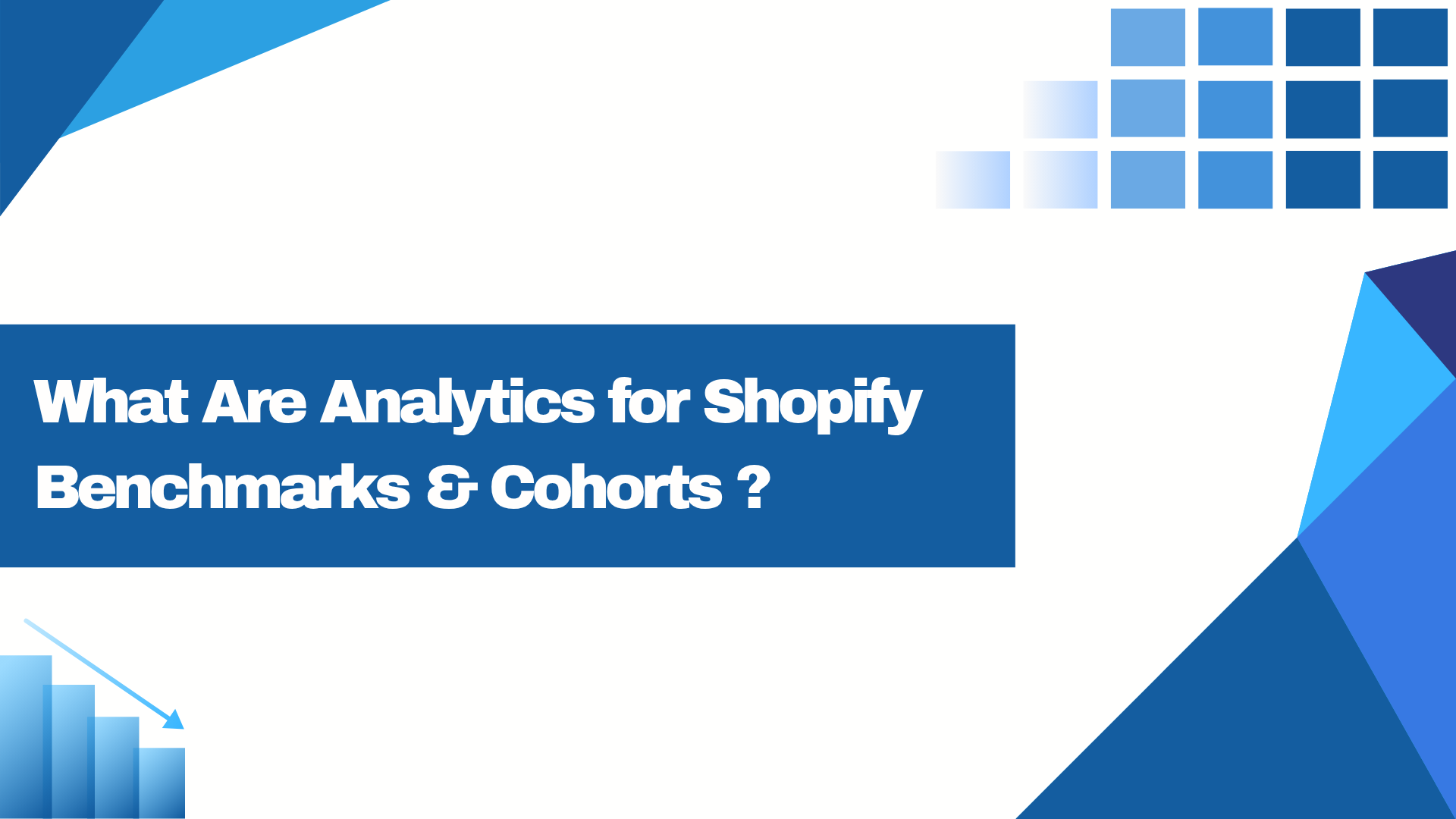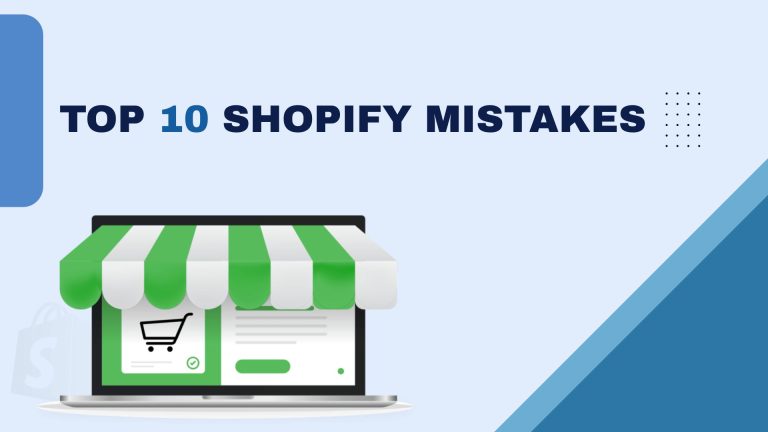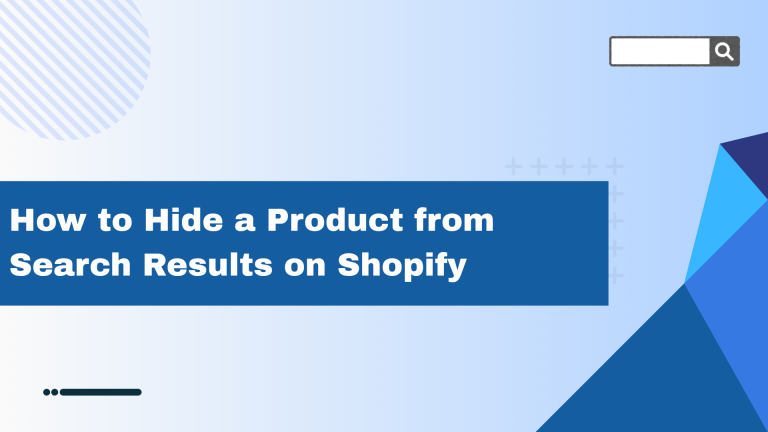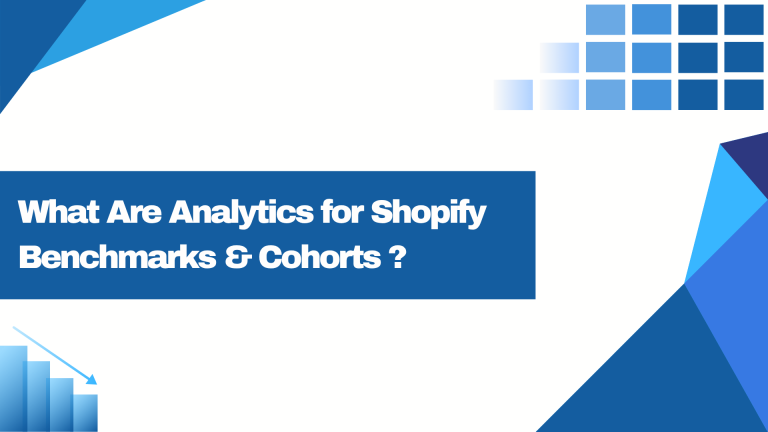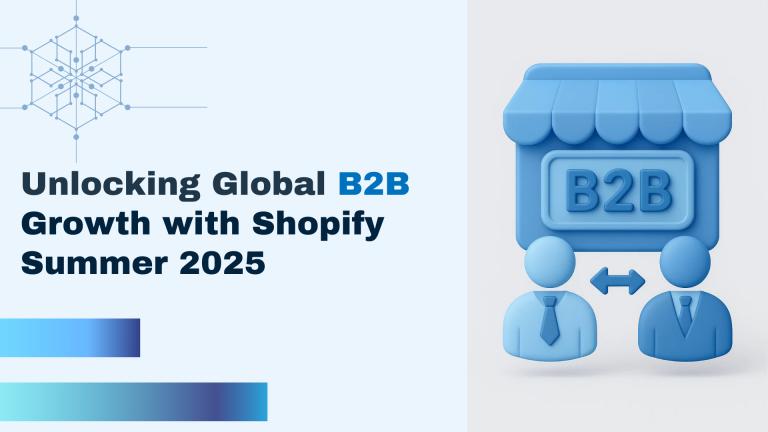Understanding SEO Basics
What is SEO?
It makes your site much more optimized, as you rank highly in the search engines. SEO includes many techniques and strategies to increase the visibility of your site so that you will get organic traffic. That’s it; proper SEO will make sure that your site will be visible by the people when they are searching for a certain product or service related to your company.
Why is SEO Important for Shopify Stores?
High search rankings mean there is increased visibility, which in turn increases traffic and the chances of conversion. Unlike paid advertising, organic traffic through SEO comes at no direct cost and can only increase in the long term. A very optimized site can also improve user experience, enhance brand credibility, and make a difference in the in the bottom line.
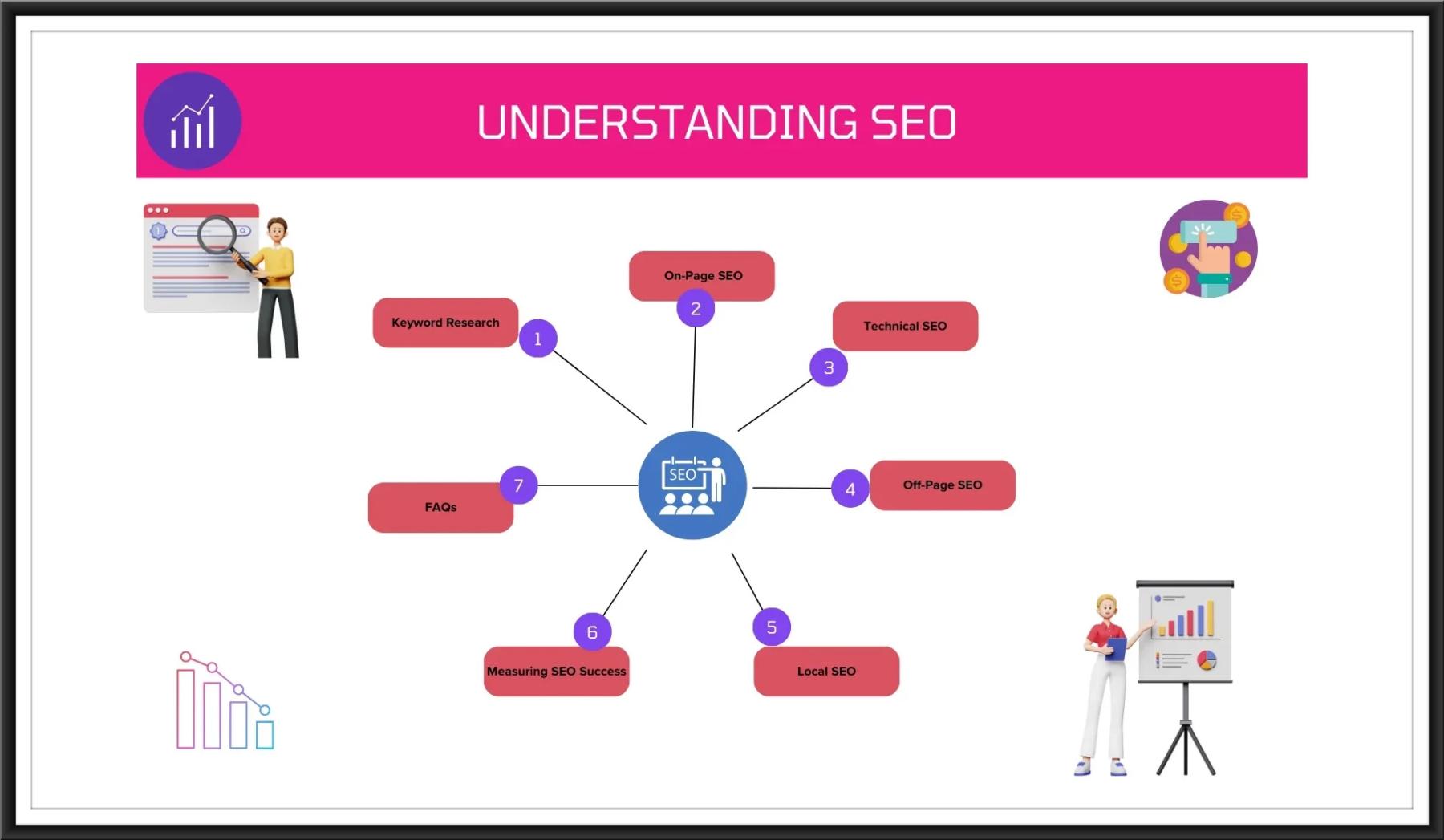
1. Keyword Research
Identify relevant keywords. Keyword research is the base of any successful SEO strategy. Identify keywords that most probably your target audience uses in their searches for products you are offering. For example, Google Keyword Planner, Ahrefs, SEMrush, and Moz would be useful tools for finding relevant keywords with high search volume and low competition. Look for keywords specific to your specials and products. A short-tail term like “running shoes” should be combined with a long-tail term like “best women’s running shoes for flat feet.”
Long-tail search terms In contrast to larger terms, long-tail keywords are less competitive and more exact. It tends to drive very targeted traffic to your store. So instead of going for the broad keyword “shoes”, consider targeting “women’s running shoes for flat feet”. More often than not, users get here closer to purchasing a product. Hence long-tail keywords are also very valuable for conversions.
2. On-Page SEO
Optimize Product Pages Your product pages are the heart of your Shopify store, and it would be absolutely wrong not to optimize these for SEO purposes. Here are key elements to focus on:
Title Tags: Include primary keywords in your product title tags. Brief and Descriptive: These should be kept relevant both to users and to the search engines.
Meta Descriptions: Write engaging meta descriptions that entice readers to click by incorporating keywords. Meta descriptions can affect click-through rates (CTR) even if they have no direct effect on rankings.
Headers (H1, H2, H3): Include pertinent keywords and organize your material using headers. This makes your content more relevant and helps search engines grasp its hierarchy.
Alt Text for Images: To increase search visibility and accessibility, include meaningful alt text with your photographs. This is particularly crucial for product photos since it aids in the proper indexing by search engines.
Content Generation Producing top-notch content is essential for drawing in visitors and boosting search engine rankings. Here are some pointers:
Product Descriptions: Manufacturer descriptions should not be used since duplicate information can hurt your SEO.
Blogging: Consistently post informative blog entries with relevant keywords that benefit your readers. Blogging gives you chances for internal linking, draws in organic traffic, and establishes your authority.
URL Structure
Keep URLs brief, informative, and packed with keywords. For instance, rather than using “yourstore.com/product12345,” use “yourstore.com/womens-running-shoes.”
In URLs, use hyphens to divide words (yourstore.com/womens-running-shoes, for example).
3. Technical SEO
Because slow-loading websites can result in increased bounce rates and poorer ranks, site speed is an important SEO consideration. To increase website speed, try these tips:
Optimize Images: To speed up load times, minimize the size of photos without compromising quality.
Use a fast, reliable hosting provider: Select a hosting company that guarantees low downtime and quick loading times.
Minimize heavy scripts and plugins: Restrict the use of scripts and plugins that are known to cause site slowdowns.
Friendly on Mobile Devices Making sure your website is mobile-friendly is crucial because more people are surfing on mobile devices. Here’s how to do it:
Responsive Design: Make sure your Shopify theme has responsive design, which allows it to adjust to various screen sizes and offer a consistent user experience across all platforms.
Mobile Testing: Check how well your website is working and appears throughout a range of smartphones and tablets by testing it on different devices.
Website Design Search engines find it easier to crawl and index your pages when your site is well-structured. How to Make Your Website Architecture Better:
Logical Structure: Establish an easily navigable website with a logical framework. Sort your products into distinct groups and subsections.
Internal Linking: To help search engines comprehend the hierarchy of your website, use internal linking to connect relevant pages. Also, it aids in distributing link equity throughout your website.
4. Off-Page SEO
Building Backlinks Reputable websites’ backlinks inform search engines about the authority and trustworthiness of your website. Here are some methods for creating high-quality backlinks:
Guest Posting: Look for possibilities to guest post by contacting blogs and influencers. Give up useful content in return for a backlink pointing to your website.
Create useful content: Generate valuable material that draws in backlinks organically. These could take the kind of in-depth manuals, films, or infographics.
Social Networks Social media’s ability to increase traffic and engagement has an indirect impact on SEO. Using social media for SEO can be done as follows:
Content Promotion: To improve visibility and increase traffic to your website, promote your content on social media networks.
Encourage Social Sharing: Promote social sharing to increase the audience for and likelihood of backlinks to your content. Incorporate
5. Local SEO
Google Places: You may improve your Shopify store’s visibility in local search results by optimizing your Google My Business page. Here’s how to do it:
Complete Your Profile: Provide all the required details, such as your company name, address, phone number, website, and operating hours.
Encourage Reviews: On your Google My Business profile, ask satisfied customers to write favourable reviews. Reacting to reviews shows your respect for client input.
6. Measuring SEO Success
Analytics Tools Tracking your SEO performance is essential to understand what’s working and what needs improvement. Here are some tools to use:
Google Analytics: Monitor important data like conversion rate, bounce rate, and web traffic using Google Analytics.
Google Search Console: Track how well your website performs in search results, find and address problems, and discover which search terms bring users to your website.
Regular Evaluations To find and fix problems, do routine SEO audits. Here’s how to do it:
Technical Audit: Look for technical concerns such as slow-loading websites, broken links, and duplicate material.
Content Audit: Examine your material to make sure it is current, pertinent, and search engine optimized.
Link Audit: Examine your profile of backlinks to make sure you have relevant, high-quality backlinks.
An SEO plan that works is essential for a Shopify store to ensure increased visibility, traffic from search engines, and sales. You get proper keyword research, optimize your on-page and technical elements, and build a robust off-page presence, thus making a very strong online presence that would attract and convert visitors by knowing the basics of SEO. You can only hence continue perfecting your approach, keeping up to date on all industry changes, and watching as the Shopify store climbs on search rankings.
FAQs
Q: How long does it take for SEO efforts to start paying off?
Since SEO is a long-term approach, noticeable results may not be seen for several months. Patience and consistency are essential.
Q: Should I employ a professional or can I handle SEO myself?
Hiring an expert may ensure you are employing the most effective methods and save time, even if you can absolutely study and implement SEO strategies yourself.
Q: What are the most important ranking factors for Shopify SEO?
Keyword optimization, site speed, mobile friendliness, backlinks, high-quality content, and user experience are important variables.
Q: How often should my SEO plan be updated?
This is possible if the SEO approach is constantly assessed and modified, as it adjusts to shifting customer needs and changes in search engine algorithms. This can be done at least quarterly.




